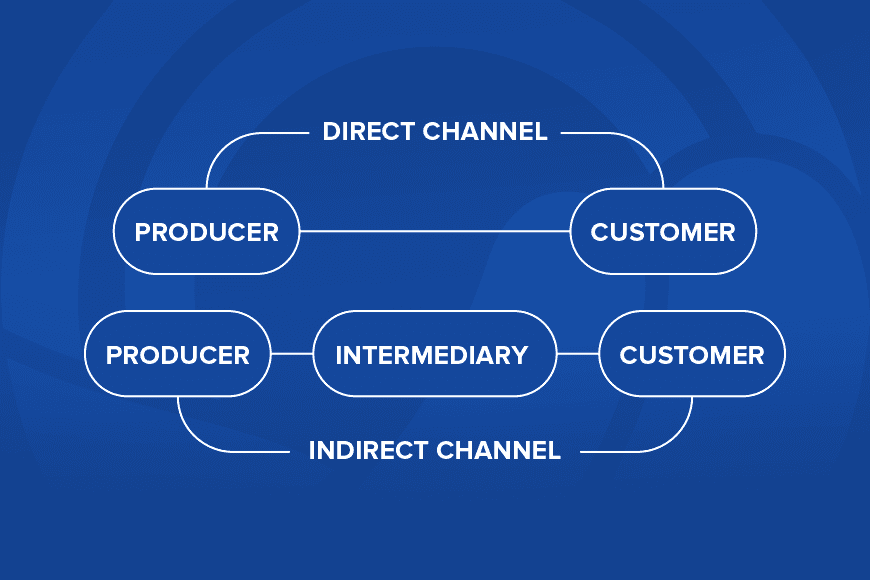When the internet was in its early days, the word ‘cloud’ was mainly used as a metaphor to describe complex telephone networks and how they were connected. Now, cloud is a representation of computing where servers, networks, storage, development tools, and even applications are warranted through the internet. Instead of organizations having to make major investments to buy equipment, train staff, and provide ongoing maintenance, some or all of these needs are handled by a cloud service provider!
Cloud infrastructure is not just benefitting businesses but it has transformed lives on an individual basis as well. Many of us are using cloud services every day; when we update our status on social media, watch a new streaming series, or check our bank accounts, we’re most likely using applications that are hosted by cloud services. These apps are accessed through an internet connection rather than being installed on our hard drives or devices.
The National Institute of Standards and Technology (NIST) states that 5 characteristics are important for cloud-based infrastructure.
- Internet Access: Network bandwidth and frequency are very important aspects of cloud computing as they relate to the quality of services.
- Measured Services: Cloud resource usage is metered and customers pay according to their usage.
- On-Demand Self-Service: Cloud computing resources can be provided without human interaction through service provider.
- Shared Resource Pooling: Multiple customers are serviced from the same physical resources.
- Rapid Elasticity: This is one of the key features of cloud computing as resources can be scaled up or down, sometimes automatically, depending on business demand.
Cloud is Accelerating Digital Transformation
To help push companies through the current economic crisis, a cloud infrastructure can lead to increased and sustainable growth. Speaking just in terms of stats, it is estimated that half of the world’s data, which amounts to approximately 100 zettabytes is expected to be in the cloud by 2025.
Previously, in 2015, 30% of the corporate data was part of the cloud, which has now subsequently soared up to 50%. A company’s digital transformation is only possible if it can manage its data in a more secure, scalable and efficient way. This is where cloud services come in, they have allowed businesses to process, store and manage their data at accelerated speeds.
Cloud is here to stay and businesses will continue to move forward as they invest increasingly more towards conducting operations via a cloud infrastructure. According to Gartner, by 2023 global spending on public cloud services will reach $482 billion, which is a 21.7% increase from 2021. With cloud technology, your business can streamline processes and save money, making your digital transformation more potent today and disruption-proof tomorrow.
How Cloud Computing Supports Digital Transformation
- Cloud cuts IT costs.
- It can accelerate time to market.
- Cloud acceleration allows employees to improve CX.
- With cloud-based tools, you can operate a work-from-wherever organization.
Cloud Computing vs. Traditional IT Infrastructure
- A cloud-based infrastructure can lower costs as you pay for what you use, as opposed to conventional IT infrastructures, where physical space for data storage is required.
- Cloud hosting is done outside the premises and all aspects are managed by service providers. A physical infrastructure would require massive in-house administration which is costly and time-consuming.
- Cloud computing models allow for better flexibility in terms of tools and assets as opposed to conventional IT models.
- Virtual cloud spaces have unlimited storage capacity and better resources; they can usually scale up or down based on the website traffic. However, conventional IT spaces can only use the resources which are available to them.

Adoption of Cloud Infrastructure in Pakistan
Initially, businesses were hesitant in adopting cloud computing till the outbreak of pandemic took over globally. Now, nearly 40% of the businesses running in Pakistan are storing their data on the cloud, partially, if not completely.
Cloud is currently the new catchphrase particularly in the IT industry. The commercial usage and implementation of cloud infrastructure are gaining momentum in the government and private sectors. The biggest step has been the approval of two laws, the “Cloud First Policy” and the “Personal Data Protection Bill”. For government, this means that all confidential public & business data can now be secured whilst streamlining operations and improving efficiency.
Cloud computing is serving the interest of businesses by reducing operational costs. If however, it continues to evolve at the current pace, then the demand for hardware will decrease drastically.
Over the years, virtual machines and cloud infrastructure have eased most business processes and operations. This will therefore reduce the cost of conducting business by eliminating physical infrastructures and software installations. Furthermore, as cloud computing advances, data analysis and interpretation will become completely automated and virtualized, eliminating the need for human intervention. Following are some of the top-line benefits of cloud computing:
- Cost-effectiveness.
- On-demand accessibility.
- Paving way for endless possibilities.
- Adaptability.
- Ensuring data security.
Salesflo is 100% Cloud-Based
As new disruptions seem to emerge, Salesflo continues to maintain its customer centricity as it guides customers’ path in the cloud to enable business outcomes for their sustainability. With the development of modernized innovation-driven services that serve as a business imperative, Salesflo helps them get to the cloud faster.
Salesflo delivers a 100% cloud-based architecture. With proactive innovation being at the core of business, it ferries customers’ vision in the future by maximizing their performance and scalability whilst also mitigating risks.










